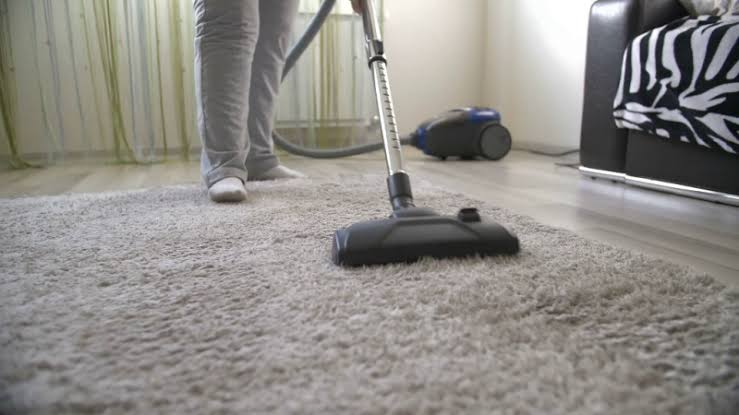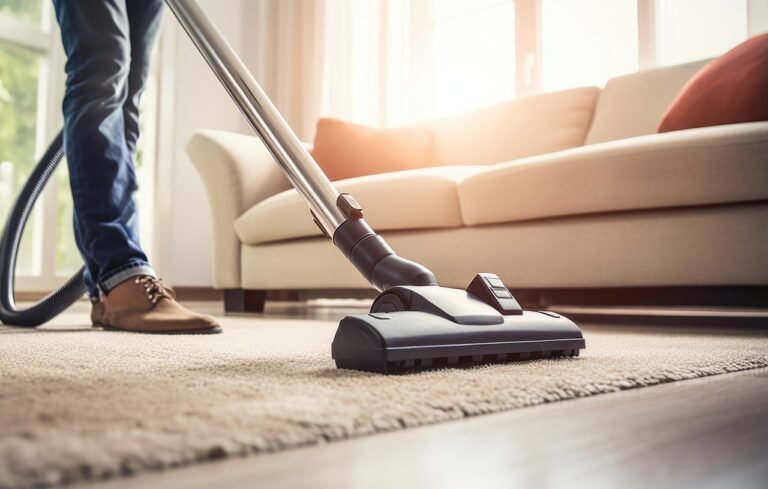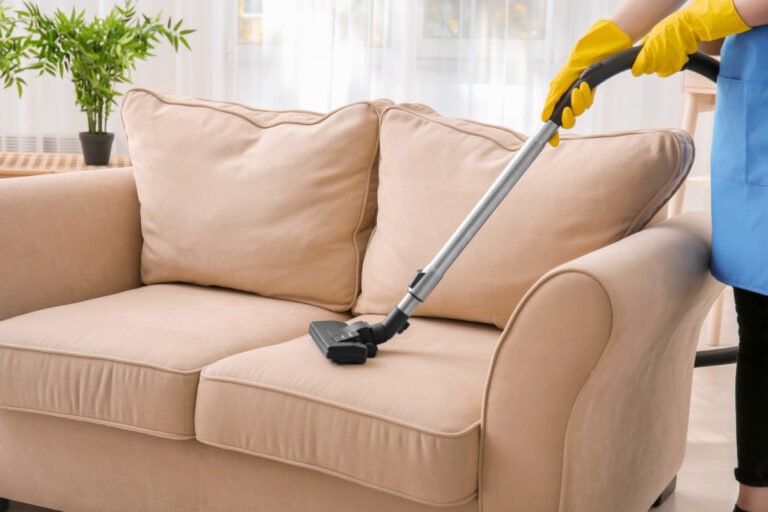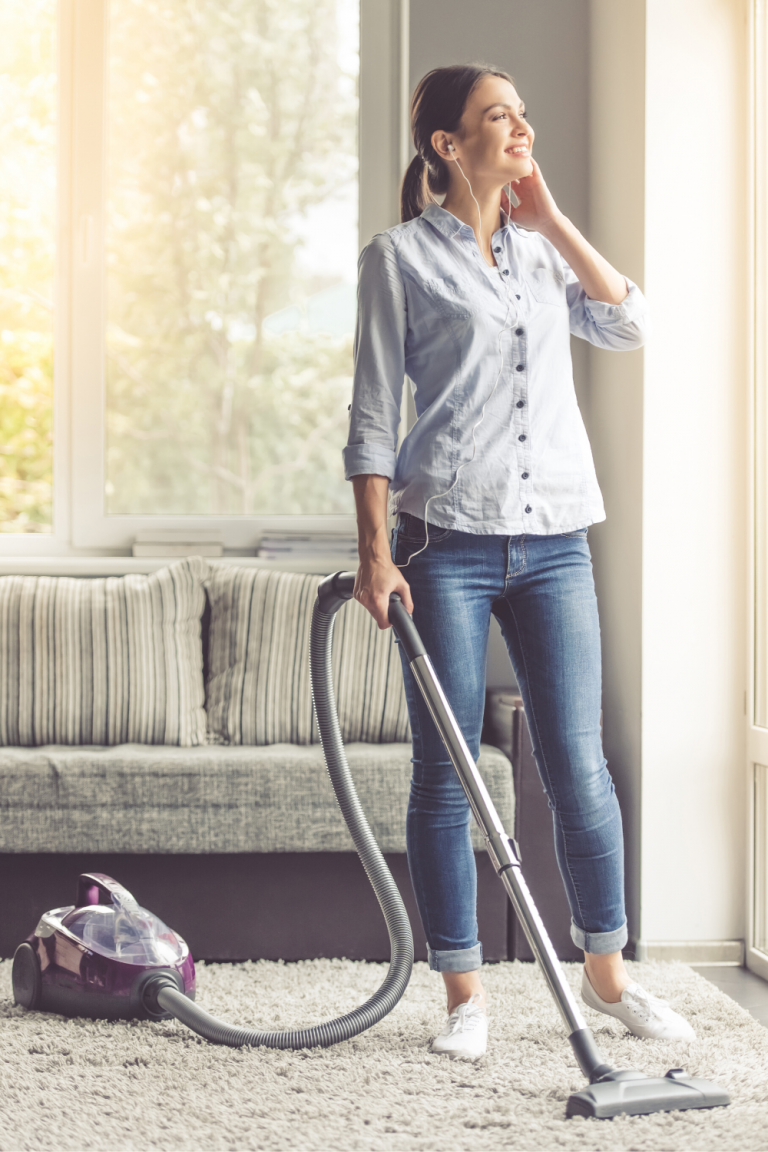How Often Should I Mop?

Keeping your home’s floor clean is a never-ending process. And regardless of how clean you try it to be, dirt still comes into your home. And even though you can sweep and vacuum all you want, sometimes mopping is the best solution to kick dirt back out! Read Here: 10 Vacuum Cleaning Tips for Your Floors
But, how often should I mop?
This usually depends on 2 factors:
1) The Traffic
First off, the amount of traffic your floor gets affects how often you should mop. High-traffic areas will need the most frequent mopping. For the average household, high-traffic areas include the kitchen, the entrance, hallways, and bathrooms.
You will need to pay attention to these areas the most if you are worried about cleanliness and you can mop them every couple of days in order to get rid of mud, dirt, dust, and water that easily attach to shoes.
Meanwhile, the rooms in your home that are not used frequently including guest rooms, don’t need to be mopped weekly. You can mop every other week or even monthly should be enough.

2) Activity Levels
Now, if you have pets or kids, then floors will need more attention. If you live with your dogs and cats, then you may need to more often in order to clean those muddy paw prints.
Also, regularly mop your hallways or living rooms as well as spaces used by your kids to play around. Meanwhile, pay special attention to the kitchen floors where your kid or pet tends to eat a lot and food debris may need to be cleaned out. You can mop as often as needed in such special circumstances as needed.
Playing It Safe
Whether you live alone in your apartment or need to maintain a large home with pets and kids, your floors will need attention if you wish to make it look spotless. So, we recommend that you give your floors a mop every other day or when absolutely needed.
Extending the Time In-Between Mopping
The frequency of your mopping is usually determined by how often it is actually needed. So, if you wish to extend the time between dragging out a bucket and a mop, you can run a dry mop over some of the trouble areas every day. Read Here: Best Cordless Vacuum For Pet Hair- The Ultimate Guide
These so-called dry mops are covered with a microfiber cloth to pick up pet hair, grit, pollen, dirt particles, and other small debris on the floor. By doing this a few minutes every day, you can put off the wet mopping until a huge spill or dirt buildup occurs.
Read More:
- Master The Art Of How To Vacuum Mattresses And Pillows
- Master How To Vacuum Stairs Efficiently: Quick, Handy Guide!
- Can Robot Vacuums Be Hacked? Discover The Facts!
- Why Is My Robot Vacuum Beeping? Find Out Here!
- Easy Guide On How To Clean And Replace Vacuum Filters
Mopping 101: How To Properly Mop Your Floors

1) Clearing the Area
Before getting wet, first, you need to prepare. It is essential to remove all furniture such as chairs, tables, and throw rugs. You need to make sure that you can reach every area on the floor when mopping. Clearing the area will make things so much easier when trying to remove debris and grime and when drying.
2) Sweep or Vacuum
After clearing the area, now is the time to pick up your broom and sweep, or much better, take out your vacuum cleaner and suck all the dirt and dust particle on the floor.
A mop doesn’t really pick up crumbs, solid debris, and dust. So, if you skip this art, you’ll only be pushing dirt around and end up leaving scratches on your flooring.
3) Warm Water, Please
After you prepared the floor for mopping, you will now need to prepare the mop. Whatever cleaner you use, make sure to mix it with warm water. Fill up a bucket with warm water so that the mop will be submerged completely. For dried out mop, you’ll have to soak it in the warm water first before mopping.
4) Sectional Mopping
Now, it’s time to mop! Begin at the farthest corner of the area, working backward towards the exit. This is so you don’t have to walk on a newly mopped surface.
Make sure to use back and forth strokes starting at the wall and moving to the center of the room, toward the exit. Cover every area twice. Now, when you encounter a scuff mark, remove it by hand using a nylon pad.
Also, make sure to mop in small sections. This allows for easier removal of debris and grime buildup. Also, when mopping, make sure to wipe the floor with the mop 3 – 4 times. This should help spread the cleaning solution instead of just scrubbing the dirt.
5) Rinsing and Wringing
Whenever you finish a section, rinse the mop. This is imperative so you will not spread captured dirt on the mop to other parts of your floor. After rinsing, make sure to wring it over the bucket.
You do not want a very wet mop and the areas that you mop should quickly dry out. Wipe the small section of the floor with the wrung-out mop.
6) Change The Water
If you’re mopping a large area or your entire home floor, then you will need to change the water a few times. Using dirty water won’t get your floor clean. So make sure to change the water mixed with cleaning solution when you notice that the water in the bucket becomes dirty, ensuring that you’re only using clean water on your floor.
7) Drying
When you finish mopping, you need to turn on the fan or open the door or a window to dry your flooring. Although some people dry their floor themselves, the only time that you need to do this is when the streaks are bad.
However, if the floor is completely clean and there are no visible streaks, then allow it to air dry. Once the floor is dry, you can start moving the furniture back to where they belong.
The last thing you need to do is to clean the mop you used. Leaving the mop in the bucket can cause it to smell since it is filled with grime and dirt. Always dump the water outside, rinse the mop and hang it outside to dry.
Read More:






